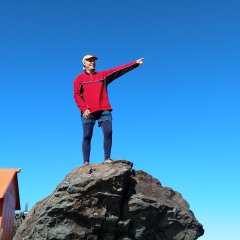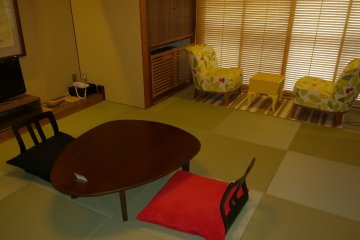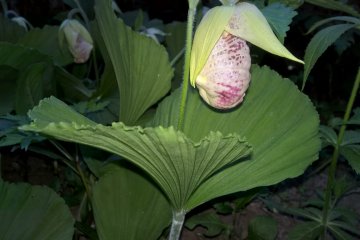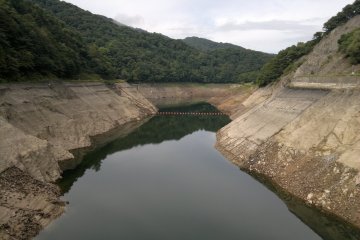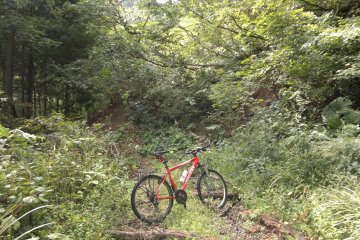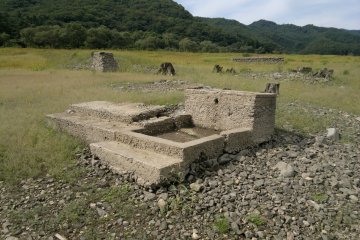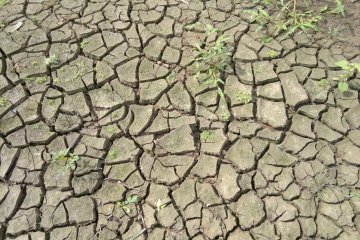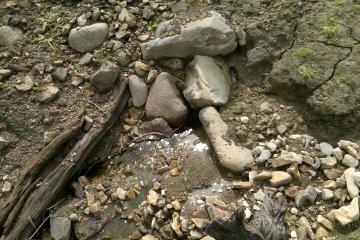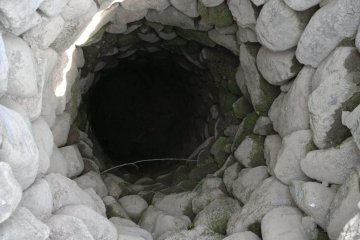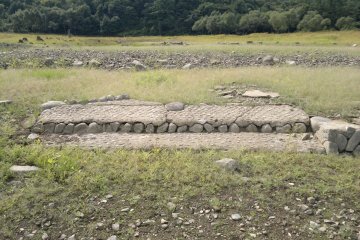There are many dams in Japan, about 2500, and they fall into two main categories, flood control or hydro electric. The latter category includes only about 10 percent of them. What I find most interesting is the story behind them. Long before they built the dam people had been living in this valley for thousand of years. The Toyosawa dam was first thought of in the Meiji period (1868-1912) but wasn't started until 1941 and was soon halted due to World War 2. They restarted work in 1949 and it was completed in 1961.
Hanamaki has 3 main dams, the Toyosawa, Kuzumaru and Hayachine, Hayachine is the only one that produces electricity. The Toyosawa dam was built to help farmer get a regular supply of clean water in dry years, the main river in Iwate, the Kitakami river at the time was heavily polluted due to mining upstream. On my first visit to Hanamaki, my father in law took me there as a place of interest in Hanamaki, I missed out on an opportunity to go inside the dam 2 years ago. I have returned many times since my first visit, I find there is so much to explore around it, I once came across a phallus shrine in a mountain a little past the dam.
But today I will focus on the submerged village of Toyosawa, I couldn't find much information about the village but obviously the people had to move for the construction to start, a few years ago some of my friends found some old pottery at the site and took it to city hall to be analyzed and they dated it to the Jomon period (12000-400 BC). I doubt though that the ruins are that old since they used concrete in the foundations. As it is used for irrigation the water level usually falls quite low in the fall and it is a perfect time to go explore. It is not advised to go there early in the season as it is extremely wet and slippery. The mountains around that area are also a good place to go look for mountain vegetables in the spring.
The road past the dam is a short cut to the villages of Nishi Waga and Yuda, Yuda is known for hot sand baths, that road is probably my favorite road in Iwate, it is narrow and windy with little traffic. I really enjoy cycling the loop around Yuda or Shizukuishi to the North. It is especially beautiful in fall with the autumn foliage, that road is open from the end of May until mid to late November or the first snowfall.
Until next time happy trails.


